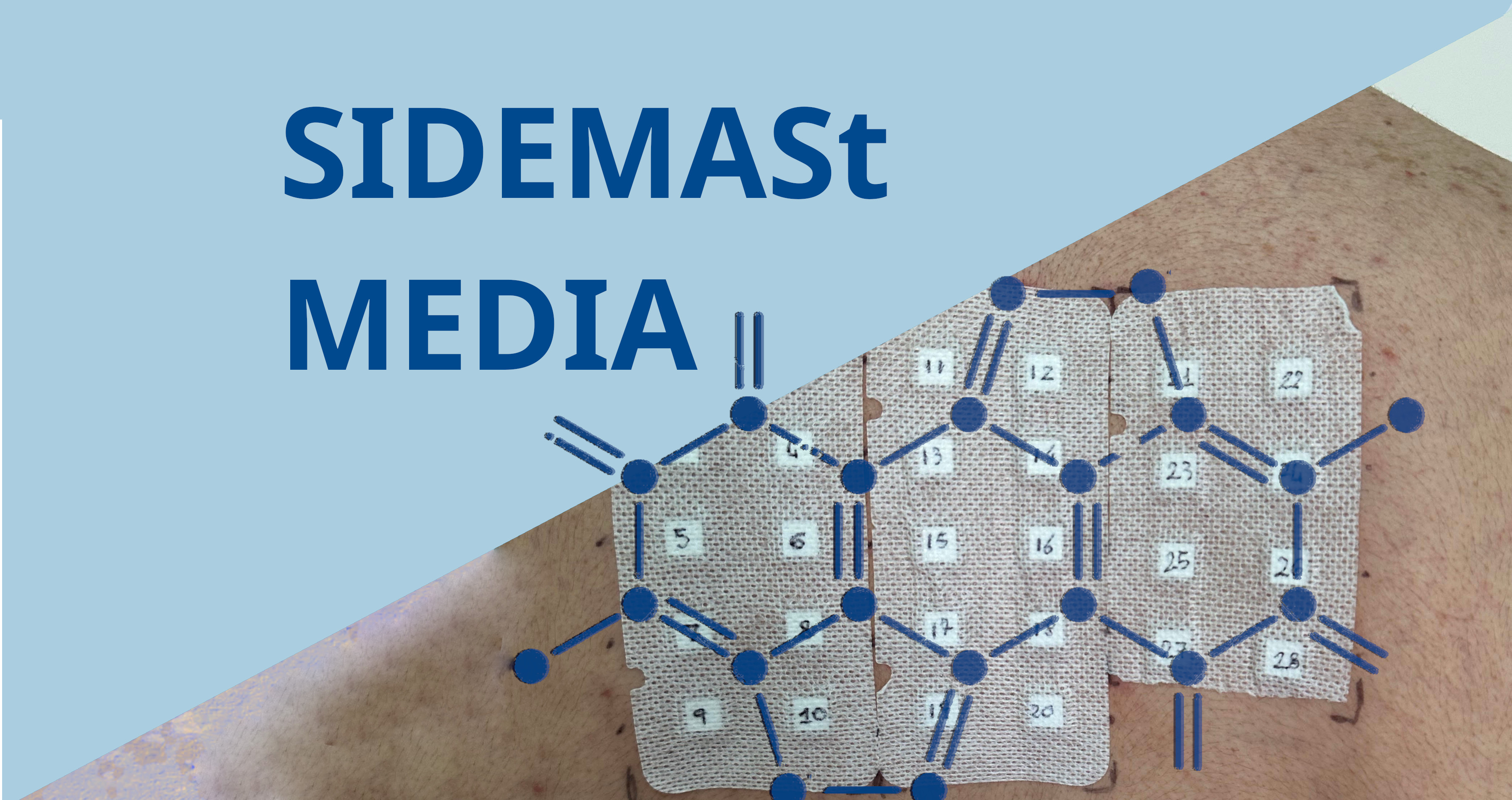Incidence of melanoma is not increased when the biologic agent tocilizumab is used to treat rheumatoid arthritis (RA), according to a study presented here at the 2017 Annual Congress of the European League Against Rheumatism (EULAR).
Sara Gale, PhD, Genentech, Inc., South San Francisco, California, presented the study on June 16.
In clinical trial and postmarketing settings, the researchers compared the number of recorded cases of melanoma in RA patients treated with tocilizumab with the number of expected cases of melanoma in the age- and sex-adjusted general population across geographic regions.
There have been contradicting reports on whether RA patients who receive conventional or biologic immunosuppressive therapies are at increased risk for specific malignancies. Whether the inhibition of interleukin 6 (IL-6) signalling by tocilizumab increases the risk of melanoma in RA patients is also unclear. Il-6 and its receptors have roles in both pro- and antitumorigenic pathways.
For clinical trials, observed reports of melanoma in patients with RA treated with tocilizumab were compared with the expected number of cases in the general population based on 2012 U.S. Surveillance, Epidemiology, and End Results with an age- and sex-adjusted standardised incidence ratio (SIR).
In the clinical trial setting, the researchers identified 4 qualifying cases of melanoma among 7,093 tocilizumab-treated patients with RA over 20,828 patient-years of exposure. The SIR estimate of 0.71 for melanoma incidence in patients with RA treated with tocilizumab in clinical trials was comparable with that observed in the general population.
In the postmarketing setting, the number of observed reports of melanoma was comparable with the expected number of cases in Europe and Japan and fewer than expected in North America.
The exception was Australia, where the number of reported melanoma cases in tocilizumab-treated RA patients was 3-fold higher than the expected number based on the incidence in the general population. These findings are in line with reports of increased melanoma risk in patients with RA regardless of biologic therapy (compared with the general population) in Australia, where ultraviolet exposure is high and methotrexate is commonly prescribed as first-line therapy.
Postmarketing rates were estimated from the tocilizumab Global Safety Database population. As of October 10, 2015, 66 cases of melanoma in the tocilizumab Global Safety Database were included for postmarketing rate estimates (448,799 patient-years of exposure).
The global reporting rate of melanoma in RA patients treated with tocilizumab was 14.7 per 100,000 patient-years; the rate was stable over time based on previous safety reports.
Dr. Gale cautioned that this analysis has several limitations. Notably, it lacked key confounders for the development of melanoma among patients with RA, including family history, ultraviolet exposure, methotrexate and other immunosuppressant exposure, and phenotype (fair skin). In addition, postmarketing exposures were not available and were estimated using commercial sales data, which may not match the true exposure distribution of tocilizumab.
Also, underreporting may occur in the postmarketing setting due to the passive, voluntary reporting nature of safety events.
The age and sex distribution of the postmarketing data were not available and were assumed to match the age and sex distribution of the clinical trial population.
Funding for this study was provided by Genentech.
[Presentation title: Incidence of Melanoma in Patients With Rheumatoid Arthritis Treated With Tocilizumab. Abstract FRI0248]








